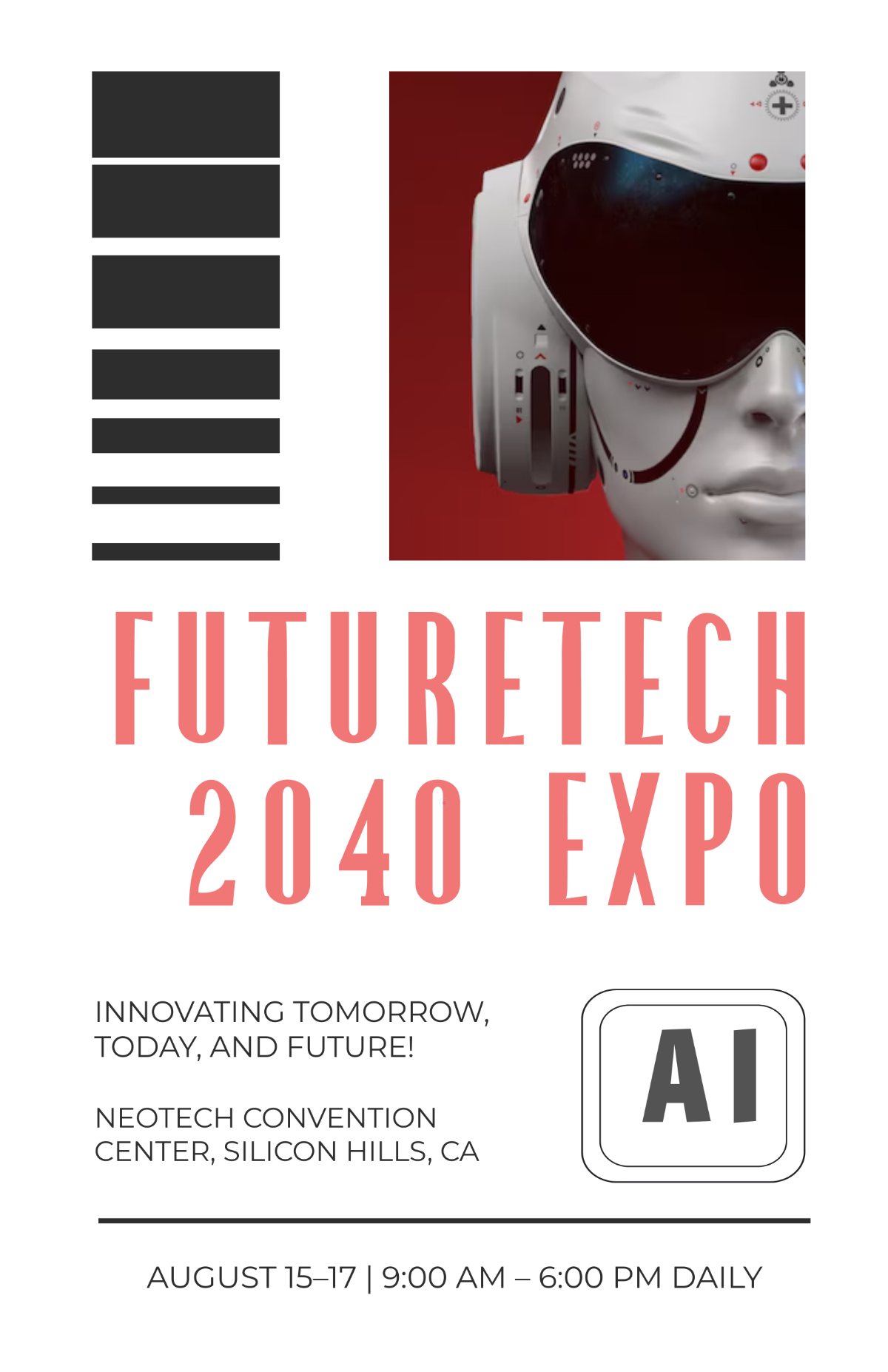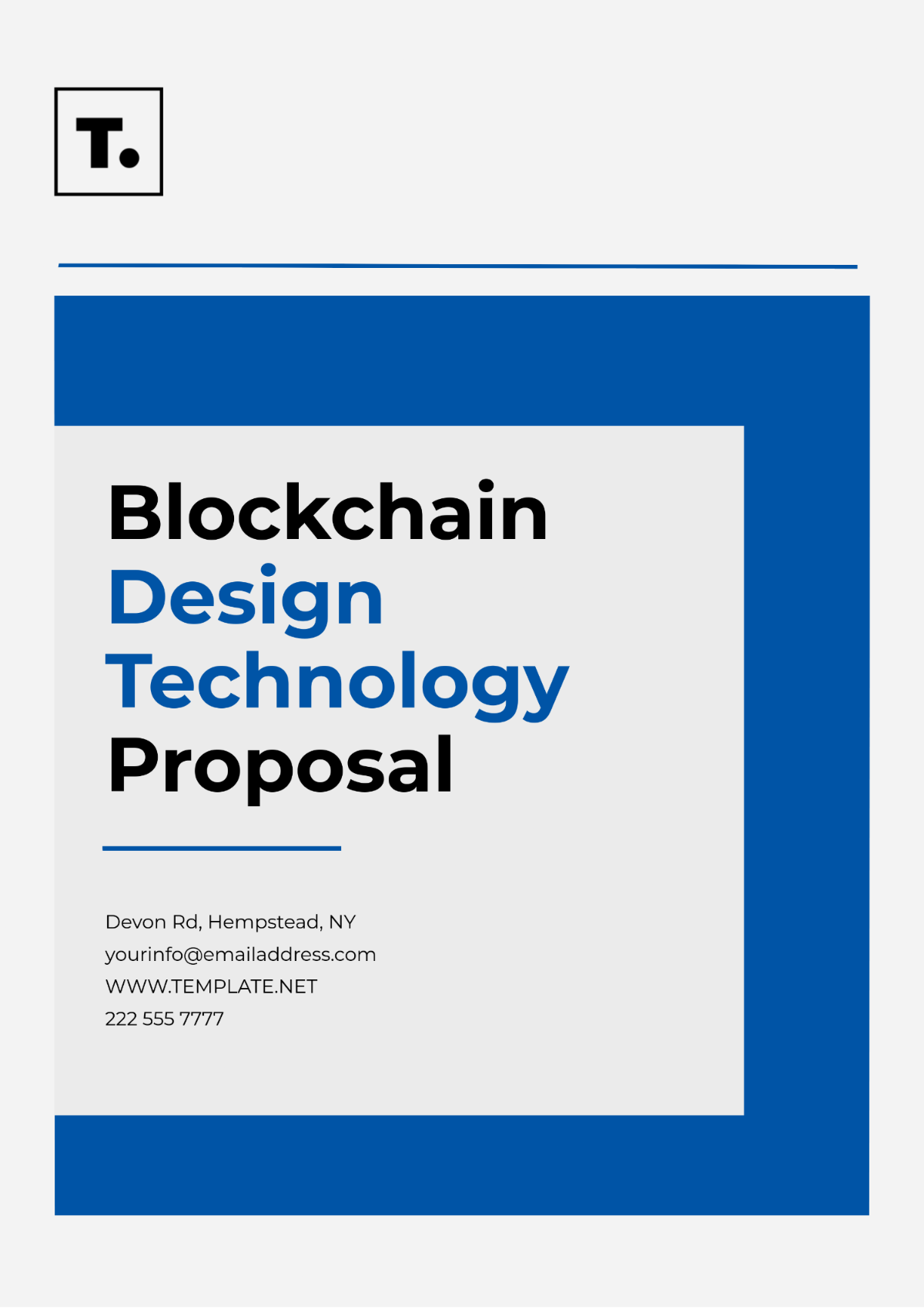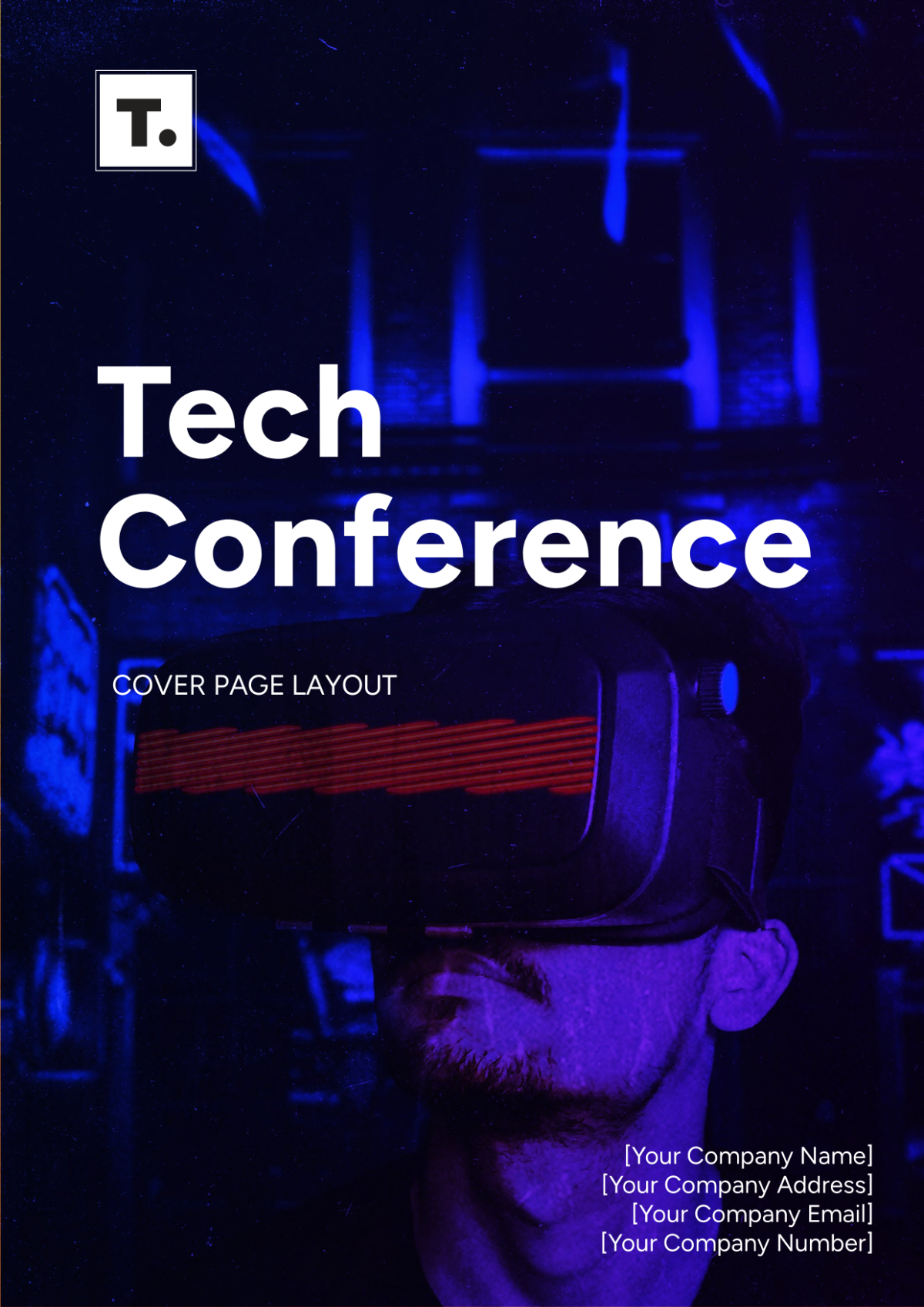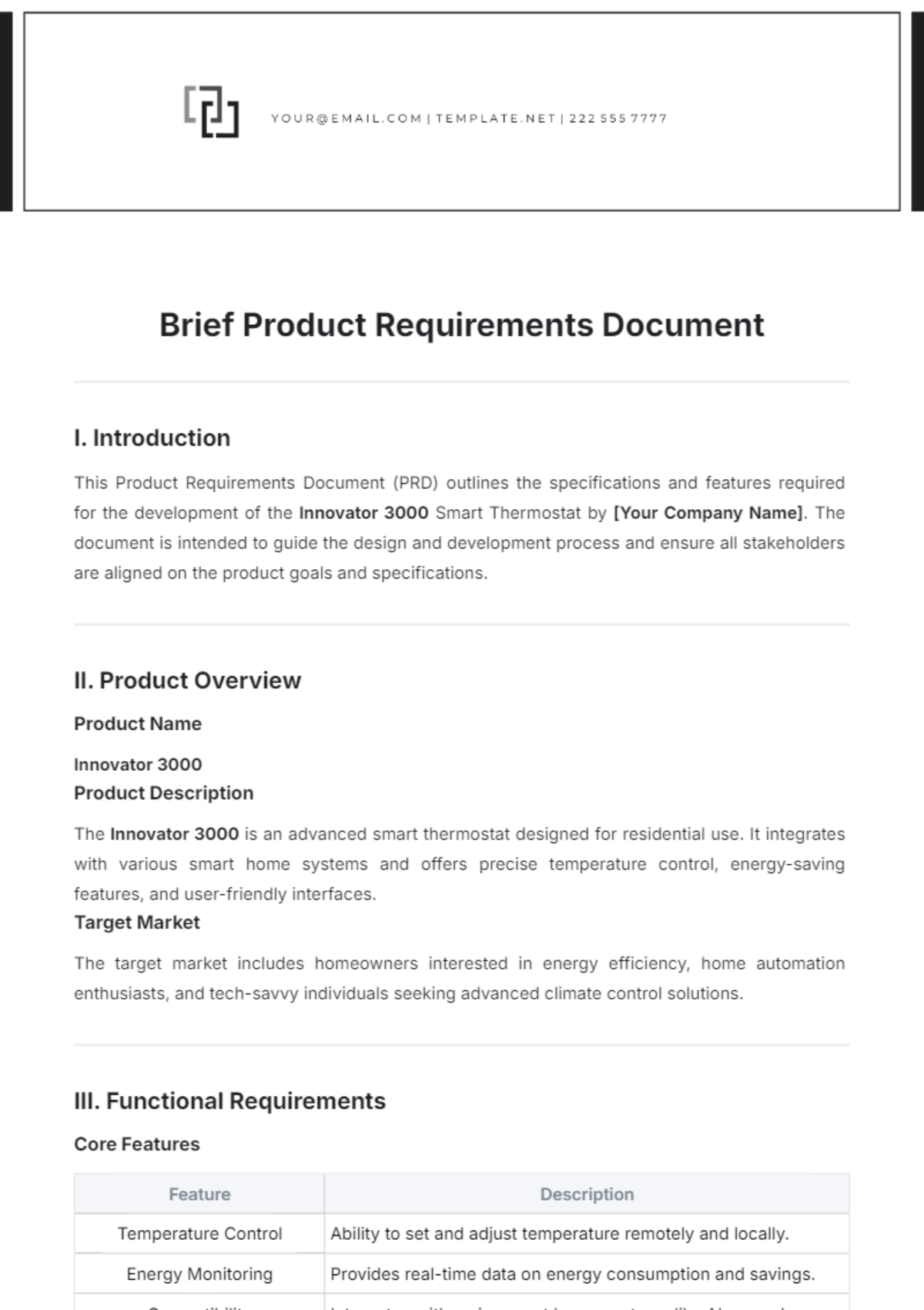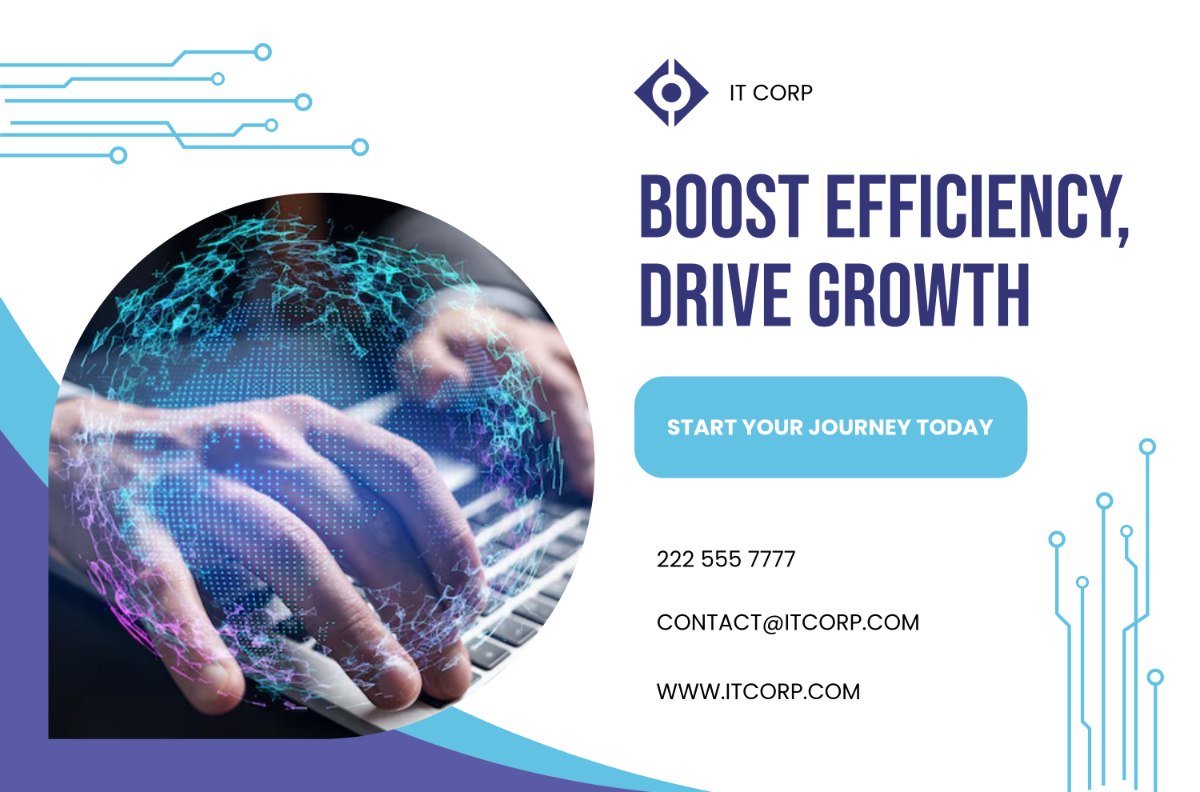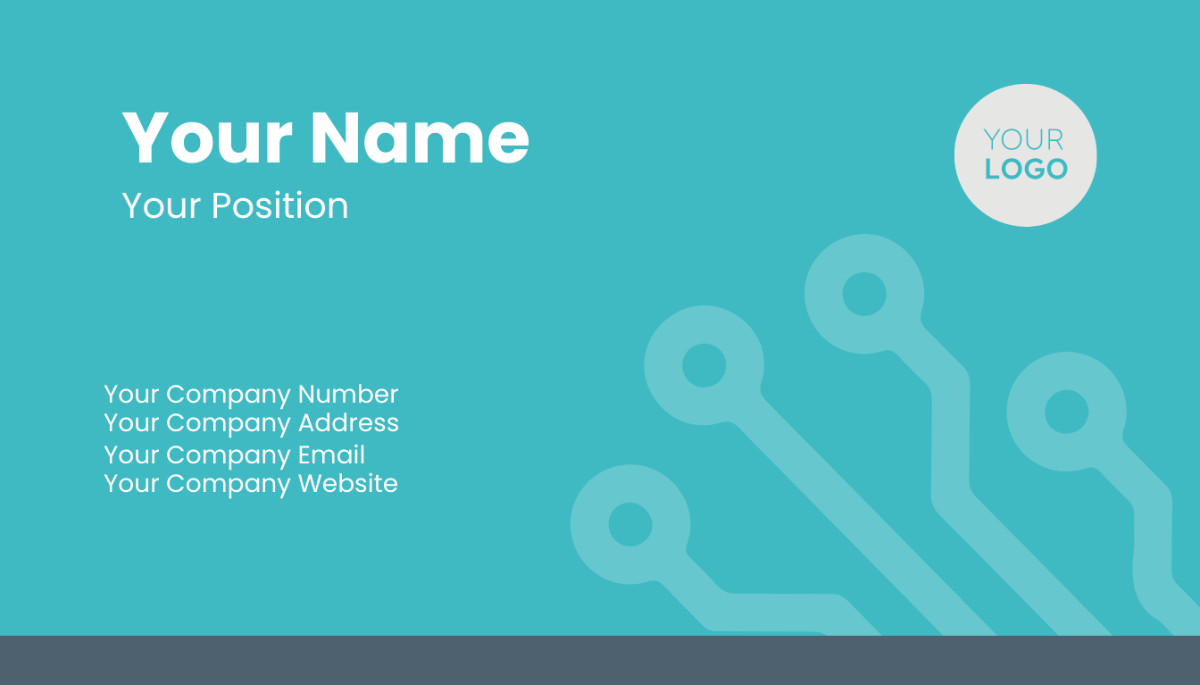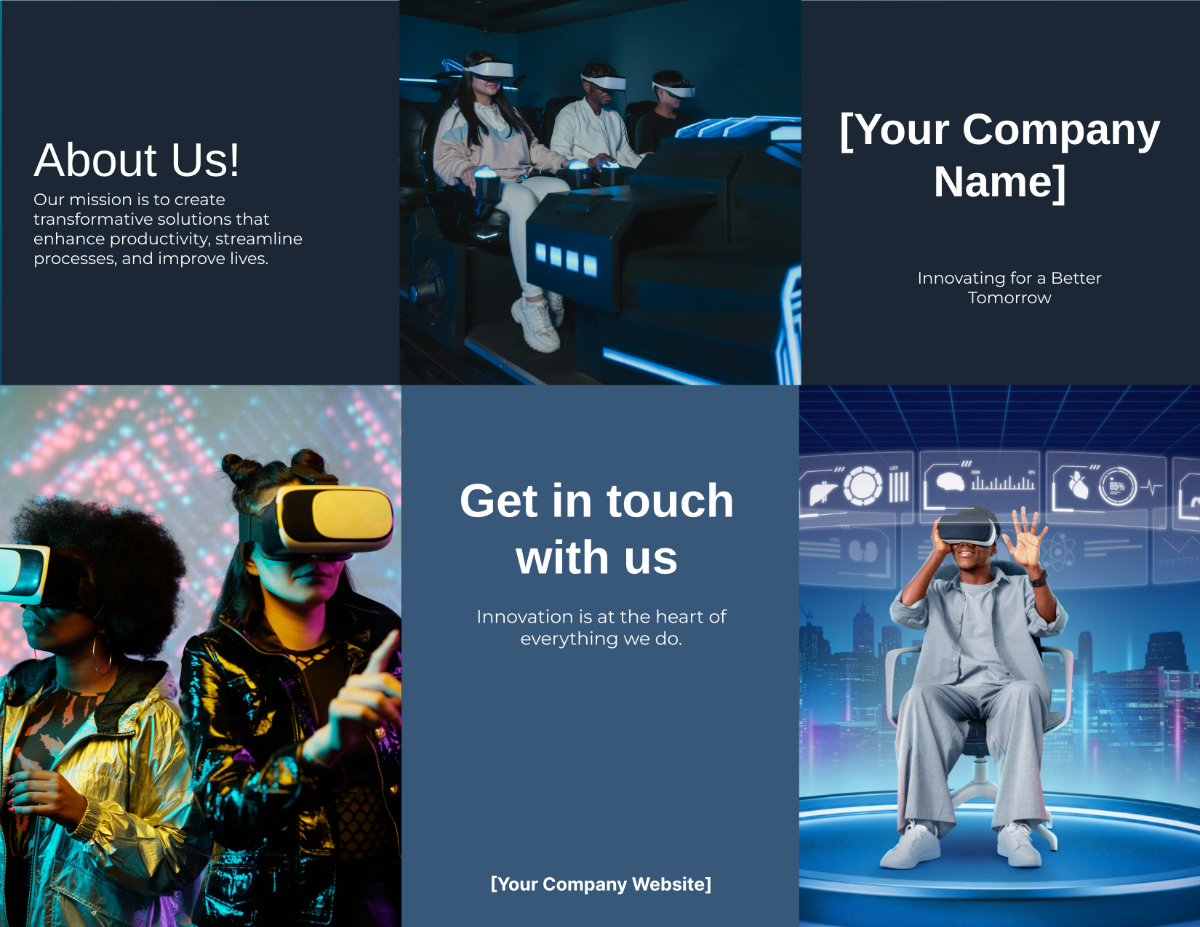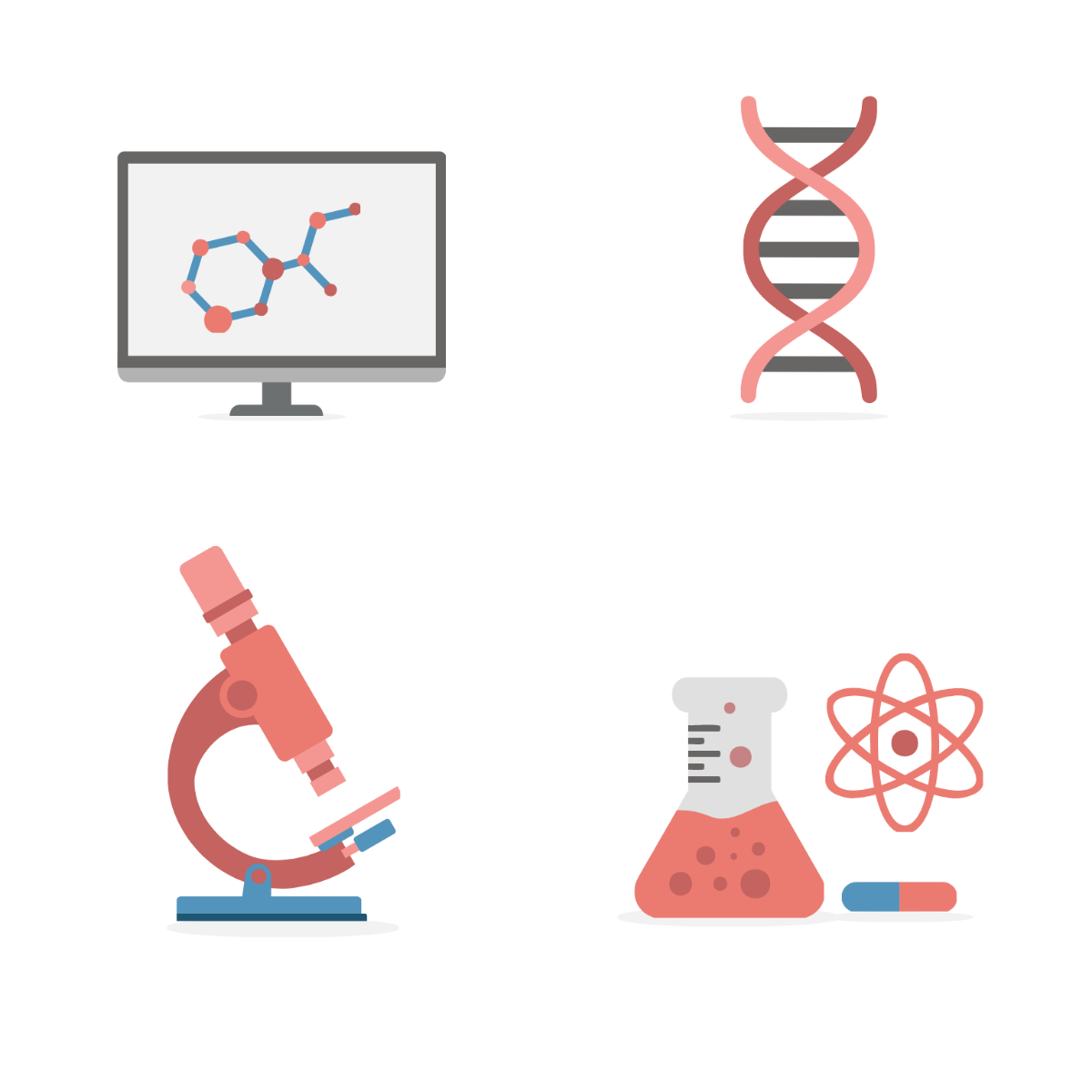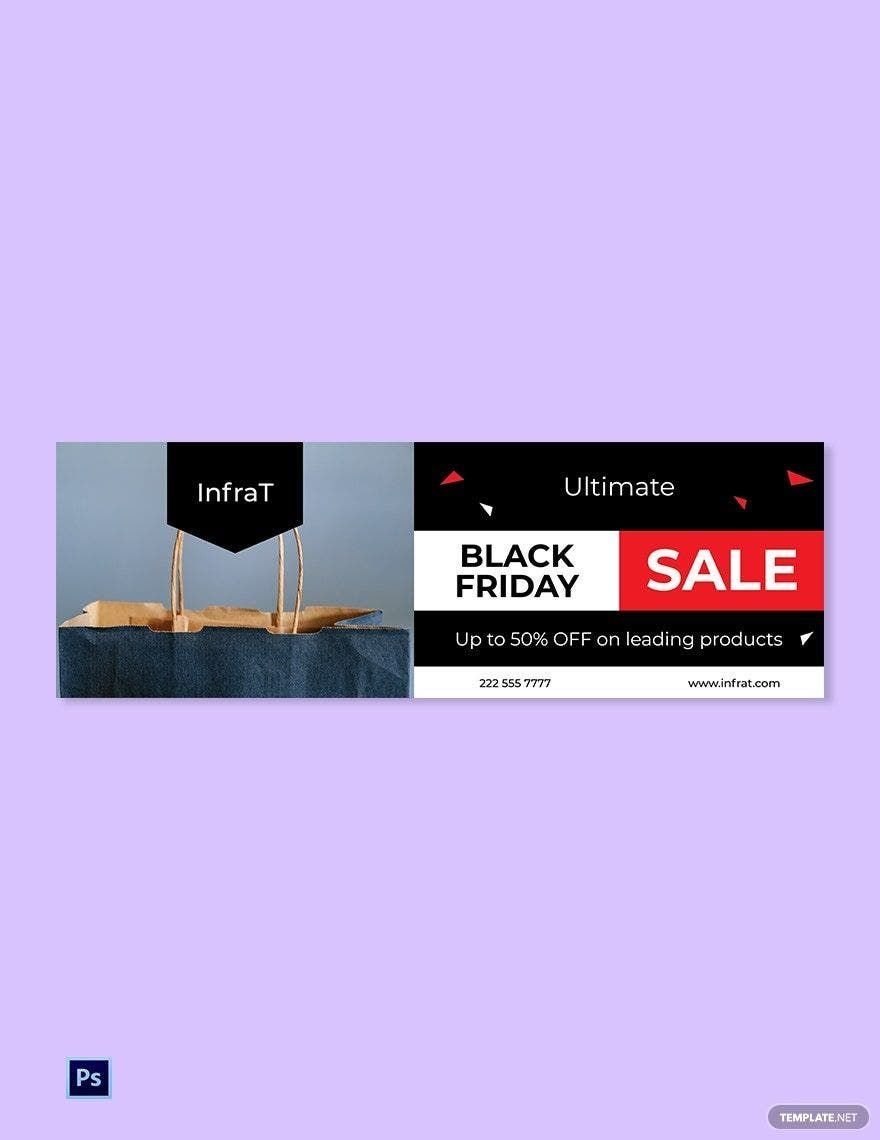CBAM Communication
I. Introduction to CBAM Communication
The Communication-Based Assessment Model (CBAM) is a structured approach designed to facilitate effective communication within [YOUR COMPANY NAME]. Its primary objective is to assess communication strategies, identify areas for improvement, and enhance overall communication efficiency. This document outlines the rules and guidelines for implementing and maintaining optimal CBAM communication processes.
II. General Communication Guidelines
To ensure seamless communication within CBAM, the following general guidelines must be adhered to:
Maintain clarity and brevity in all communication exchanges.
Ensure timely dissemination of information.
Use appropriate language and tone tailored to the audience.
Encourage feedback to assess the effectiveness of communication.
2.1. Roles and Responsibilities
Clear identification and understanding of roles and responsibilities are crucial for effective implementation:
Role | Responsibility |
|---|---|
Communication Manager | Oversees the CBAM process, ensures adherence to guidelines, and addresses communication issues. |
Department Heads | Facilitate communication within their respective departments and report on CBAM progress. |
Team Members | Engage actively in communication processes and provide constructive feedback. |
III. Communication Channels
CBAM emphasizes the use of multiple communication channels to ensure message delivery and reception:
3.1. Electronic Communication
Email: For formal communication and documentation.
Instant Messaging: For quick, informal exchanges.
Internal Portals: For sharing documents and announcements.
3.2. Face-to-Face Communication
Meetings: Regularly scheduled to maintain alignment across teams and departments.
Workshops: For training and developmental purposes.
IV. Monitoring and Evaluation
The effectiveness of CBAM communication will be monitored and evaluated regularly to ensure continuous improvement. Specific strategies include:
4.1. Feedback Collection
Surveys: Conduct regular surveys to gather feedback on communication efficacy.
Feedback Sessions: Organize meetings to discuss communication challenges and solutions.
4.2. Performance Metrics
Implement performance metrics to measure the impact of communication strategies:
Response Times: Track and minimize the lag in communication response times.
Message Clarity: Evaluate the clarity and comprehensibility of communications.
Engagement Levels: Assess the extent of participation in communication activities.
V. Training and Development
Ongoing training is essential to equip staff with the necessary skills for effective communication under CBAM:
Communication Workshops: Regular workshops focusing on communication skills and techniques.
Professional Development Courses: Enroll staff in courses that enhance communication proficiency.
Mentoring Programs: Establish mentoring relationships to support communication skill development.
VI. Conclusion
The successful implementation of CBAM communication strategies is crucial for fostering an effective and efficient communication environment within [YOUR COMPANY NAME]. By adhering to these rules and guidelines, [YOUR COMPANY NAME] can improve their communication strategies, enhance collaboration, and achieve their objectives more effectively.





